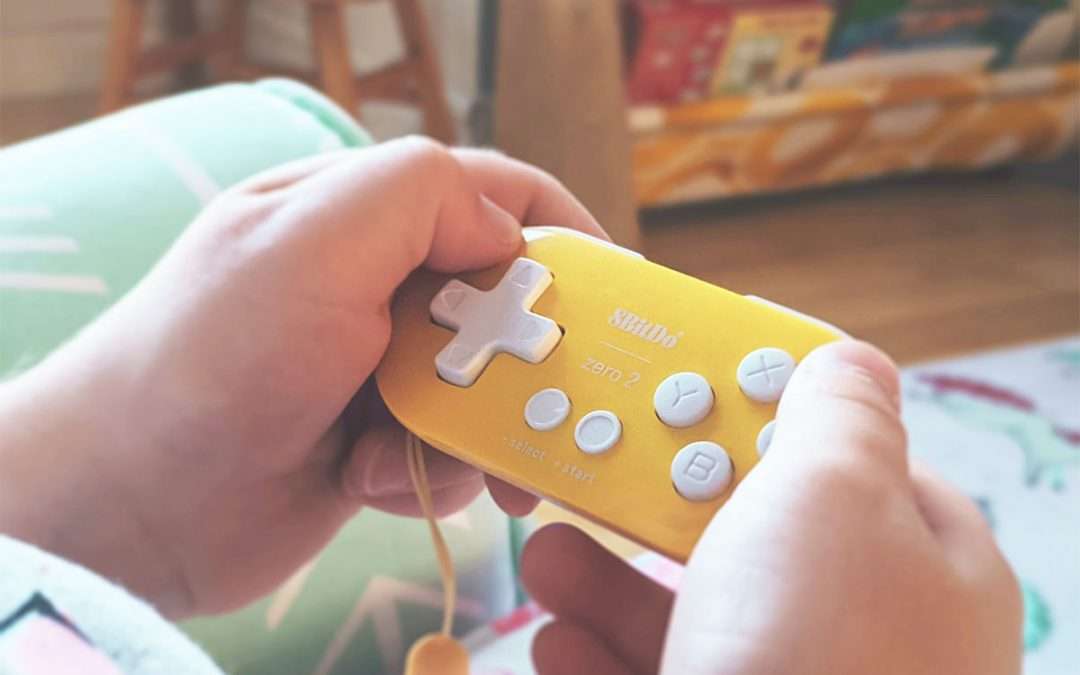Button batteries go in a lot of things – wristwatches, hearing aids, cameras, and calculators. But the one place they should never go is in the hands of little children. This is because things that get into the hands of little children often find their way into the mouths of little children.
The Dangers of the Button Battery
Button batteries are also known as button cells or coin batteries. They’re useful for powering a lot of household items and children’s toys. They’re also shiny and small and can look alluringly like sparkly candy.
Between 2010 and 2019, the number of children attending a hospital emergency department due to a battery-related incident more than doubled the cases recorded between 1990 and 2009. About 85% of these incidences involved button batteries. In other words, the number of children having an unfortunate run-in with a button battery is on the increase. Every three hours, a child attends emergency due to swallowing a button battery. This equates to over 2,800 children per year.
So, what happens when a button battery gets inside your little one’s mouth? The chemical reaction between a lithium button battery and saliva can be devastating. Depending on the battery’s size and your child’s size, the battery may become lodged in the esophagus. The esophagus is the tube that brings food and drink from the mouth to the stomach. As the battery sits there, it can burn holes through the esophagus tube in as little as 2 hours, leading to significant injury or even death.
Between 1995 and 2010 in the US, 14 children under the age of 3 have died from swallowing button batteries. More recent data from 2019 reported three deaths from button battery ingestion from that year alone.
Reese’s Law
In November 2021, the US Senate introduced a bill designed to protect children from accidentally ingesting button batteries. Reese Hamsmith was an 18-month-old toddler who died after swallowing a button battery in 2020; the bill is named after him. This bill was passed into law on the 16th of August 2022.
According to the law, products containing or requiring button batteries must:
- Have a battery compartment that is secure enough to prevent a child under 6 years of age from getting hold of that battery and swallowing it
- Come with a warning label either on the packaging of the product or included in any accompanying user manuals, identifying the button battery as a hazard
Prevention is Better Than Cure
Despite Reese’s law, there are still ways young children can get their sticky little fingers onto a button battery. Many parents don’t even realize there’s a button battery in the house, as many products that are powered by these batteries often come with them already installed. Once completing the first step of realizing there is actually a button battery in your child’s vicinity, these are some other steps you can take to minimize or eliminate the risk of your child mistaking a battery for something edible.
- Keep items containing button batteries out of your child’s reach. Sometimes this is not practical, such as if the item is actually your child’s toy. In this case, regularly make sure the battery compartment is secure and keep a watch on your child as he or she plays with the toy
- Consider only purchasing toys that don’t use button batteries
- Keep spare button batteries locked away and out of reach
- Batteries you’re saving to recycle or discard all together should also be kept locked up and out of reach (and out of sight)
What to Do if Your Child Swallows a Button Battery
Unless you witnessed your child transfer a button battery from hand to mouth, it may be hard to figure out exactly what’s going on. Sometimes from afar it can just look like your child put a coin in his or her mouth.
Here are some of the symptoms if your child has swallowed a button battery:
- Indicating chest pain
- Wheezing, noisy breathing, or coughing
- Excessive drooling or difficulty swallowing
- Vomiting blood
- Refusing food
- Gagging when trying to eat or drink
If you do suspect your child has ingested a button battery, it’s important to act immediately, as every minute counts.
According to the National Capital Poison Center:
- Call the 24-hour National Battery Ingestion Hotline (800) 498-8666; they will provide step-by-step guidance over the phone
- Provide the battery identification number if you can get to it. It’s often found on the packaging or on a battery from the same pack
- Don’t try to make your child vomit, and don’t ask them to eat or drink anything
- You will be advised to take your child to the nearest hospital emergency department if there’s a possibility the battery could be stuck in the esophagus. An x-ray will identify the location of the battery.
If the battery is found in the stomach rather than lodged in the esophagus, we can breathe a sigh of relief but don’t relax yet. Keep a close eye on your child for fever, abdominal pain, vomiting, or blood in the stools. And, as unappealing as it sounds, keep checking your child’s stools until you find the battery has passed.

